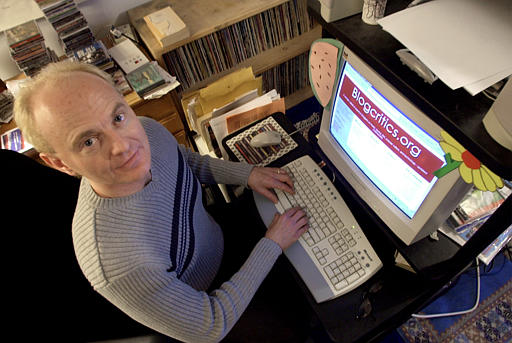Fair use is a copyright concept that allows works to be used in ways that otherwise would infringe on the copyright but are allowed because the uses are particularly beneficial to society and not particularly harmful to the copyright owner. Fair use thus limits the rights of copyright.
Fair use prevents copyright from running afoul of the First Amendment
The Supreme Court has portrayed the concept of fair use as a way of preventing copyright protection from running afoul of the First Amendment’s guarantees of freedom of speech and press.
Congress wrote the “well-established” principles of fair use into law in the Copyright Act of 1976. The act articulates a four-factor balancing test to determine whether a use is a fair one:
- (1) the purpose and character of the use, including whether such use is of a commercial nature or is for nonprofit educational purposes;
- (2) the nature of the copyrighted work;
- (3) the amount and substantiality of the portion used in relation to the copyrighted work as a whole;
- and (4) the effect of the use on the potential market for or value of the copyrighted work.
Nonprofit, educational uses typically allowed under fair use
In any consideration of use, a commercial application would weigh against fair use; a nonprofit, educational use would weigh in favor of fair use.
Other potentially fair uses specifically mentioned in the act are “purposes such as criticism, comment, news reporting, teaching (including multiple copies for classroom use), scholarship, or research.” Fair use purposes mentioned in the legislative history of the 1976 act include use in a parody, a summary with brief quotations, or reproductions by libraries or archives for preservation purposes.
If a use is “transformative” — that is, if it creates some new and markedly different work that benefits the public — then such use may weigh in favor of fair use. The legislative history of the act contains specific guidelines as to what constitutes fair use for teaching uses of books, articles, and musical works.
Nature of protected work is a factor in fair use
The nature of the protected or original work is also a factor. Fair use is more likely to be associated with use of a published work than an unpublished work. And use of a factual work such as a biography or research report is more likely to be deemed fair than is use of an original “core copyright” work such as a play or musical work.
The portion used is weighed in both its total amount and in its substantiality — that is, how important the part used is to the original work. Finally, the impact of the use on the market value of the original work is weighed with an eye toward whether the new use creates some kind of substitute for the original or whether the new use is one for which the owner of the original work might expect to be compensated.
Use as a criticism or commentary that prompts the public not to want to see or read the original is not considered to be market harm.
This article was originally published in 2009. Geoffrey P. Hull is a retired Professor Emeritus from Middle Tennessee State University.

